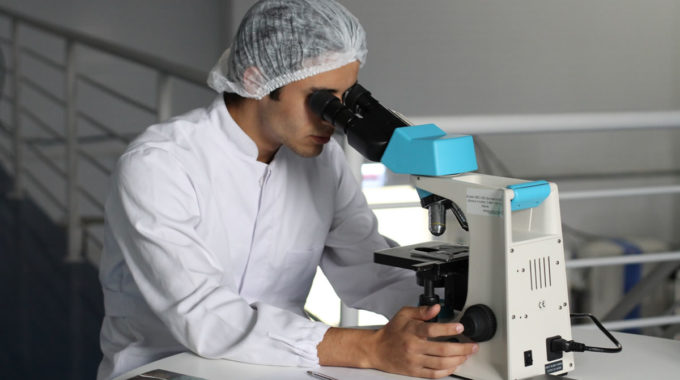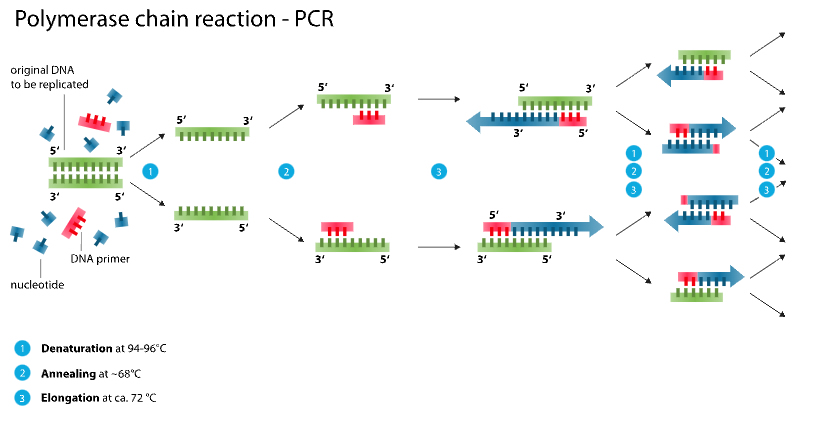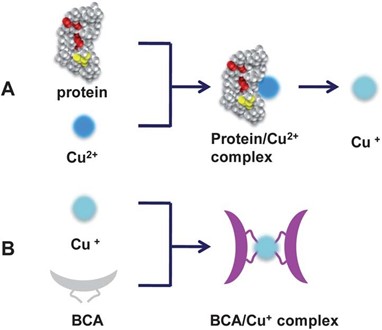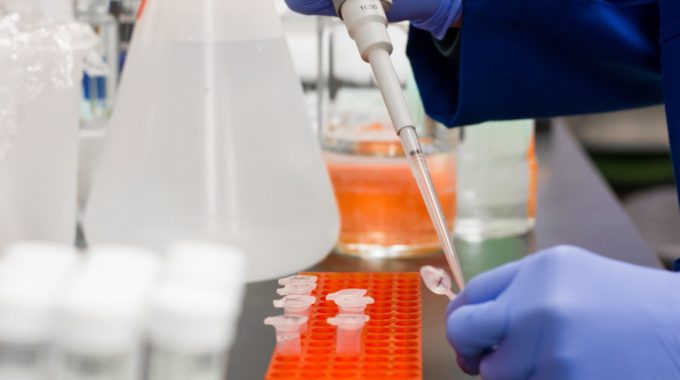Protein Electrophoresis Electrophoresis is a simple yet effective tool that is used to separate proteins,…

PCR in a Nutshell
Polymerase Chain Reaction (PCR) is a simple and fast molecular method used to amplify small fragments of DNA in a sample. This technique enables you to male millions of copies of DNA from a small sample that can sometimes be even just a single strand. This easy technique has gained a lot of publicity recently for its use in diagnosing Covid-19 but it also has lots of other applications and is used widely across many research fields including medicine and genetics, environmental microbiology, forensic science, and food and agriculture.
How does PCR work?
The goal of PCR is usually to make enough copies of the target DNA for further use or analysis, such as sequencing, visualization by gel electrophoresis, or cloning it into a plasmid to be used in future experiments. To do this, PCR uses a thermostable DNA polymerase, known as Taq polymerase, that works in conjunction with DNA primers to help amplify the region of interest by cycling the reaction through a program of temperature changes. The DNA primers must be designed specifically for the DNA target region.
There are three main steps for each PCR reaction: denaturation, annealing, and extension. In the denaturation step, the DNA template is heated to 94° C which breaks the hydrogen bonds that hold the DNA helix together. This enables the two strands to separate which creates a single strand on which the DNA polymerase can act. In the second step, the primers bind to their complementary sequence on the target DNA. To enable this to happen the reaction mixture is cooled to anywhere between 50°C and 70°C, depending on the annealing temperature of the primers. Finally, during the extension step, the reaction is heated to 72°C to allow the DNA polymerase to add nucleotides onto the primer using the target DNA as a template. The reaction can then be visualized on a gel or sent for sequencing to confirm the size and/or sequence of the amplified region.
What are the applications?
PCR is a fundamental molecular tool used across a wide range of disciplines and is the starting point for several techniques used in molecular biology. For example, PCR can be used to study gene expression patterns or to look for the presence of viruses such as COVID-19. Additionally, PCR can be used to amplify tiny DNA segments that can then be inserted into a vector and used in cloning. PCR can also assist other techniques such as DNA sequencing and Northern and Southern blot hybridization.

What is qPCR?
qPCR refers to quantitative real-time PCR, also known as real-time PCR, which allows for the amplification and detection of DNA simultaneously, allowing researchers to see how much of the target DNA is present in real time.
To do this, qPCR uses either non-specific fluorescent dyes or DNA probes containing fluorescent-reporter oligonucleotides to detect PCR products as they are produced. qPCR thermocyclers include a fluorometer which enables them to detect the fluorescence produced as the DNA is amplified. As this occurs in real time, the thermocycler gives readings at the end of each cycle which enables you to track the amplification as it happens. This information can then be combined with the appropriate standard curves and reference values to obtain information about the relative and absolute amount of DNA present in your sample.
Using qPCR to Examine Gene Expression
One of the most common applications of qPCR is for measuring gene expression. Gene expression examines the mRNA in a sample at a given point in time and can be used to look at which genes are being upregulated or downregulated in response to a whole suite of different conditions.
First, mRNA is extracted from various samples, including cells, tissues, and water samples, and reverse transcribed into complementary DNA (cDNA) using an enzyme called reverse transcriptase. Usually, one gene is examined per PCR reaction, however, reactions using fluorescent DNA probes enable you to use multiple primers in a single reaction. This ‘multiplex’ reaction enables you to examine multiple genes in a single reaction using probes that fluoresce at a different frequency.
How We Can Help
Cepham Life Science offers a wide range of products for PCR, from Taq DNA Polymerases to Taq master mixes and dNTPs. We also offer a qPCR Multiplex kit that can be used for the detection of the 2019 novel Coronavirus. For more information on our range of products have a look at our website or contact one of our team who will be happy to answer all your questions.
Contact Cepham Life Sciences
Cepham Life Sciences offer a quality and comprehensive range of research products, and we are here to meet all your proteomics and molecular biology laboratory needs. Our team of experts will be happy to offer advice and any questions that you have. We can be reached by phone at (410) 636-4954 or by email.
Follow us on Twitter, Facebook, Google+, and LinkedIn to keep up to date on all of our products and promotions. We would love to hear from you.



